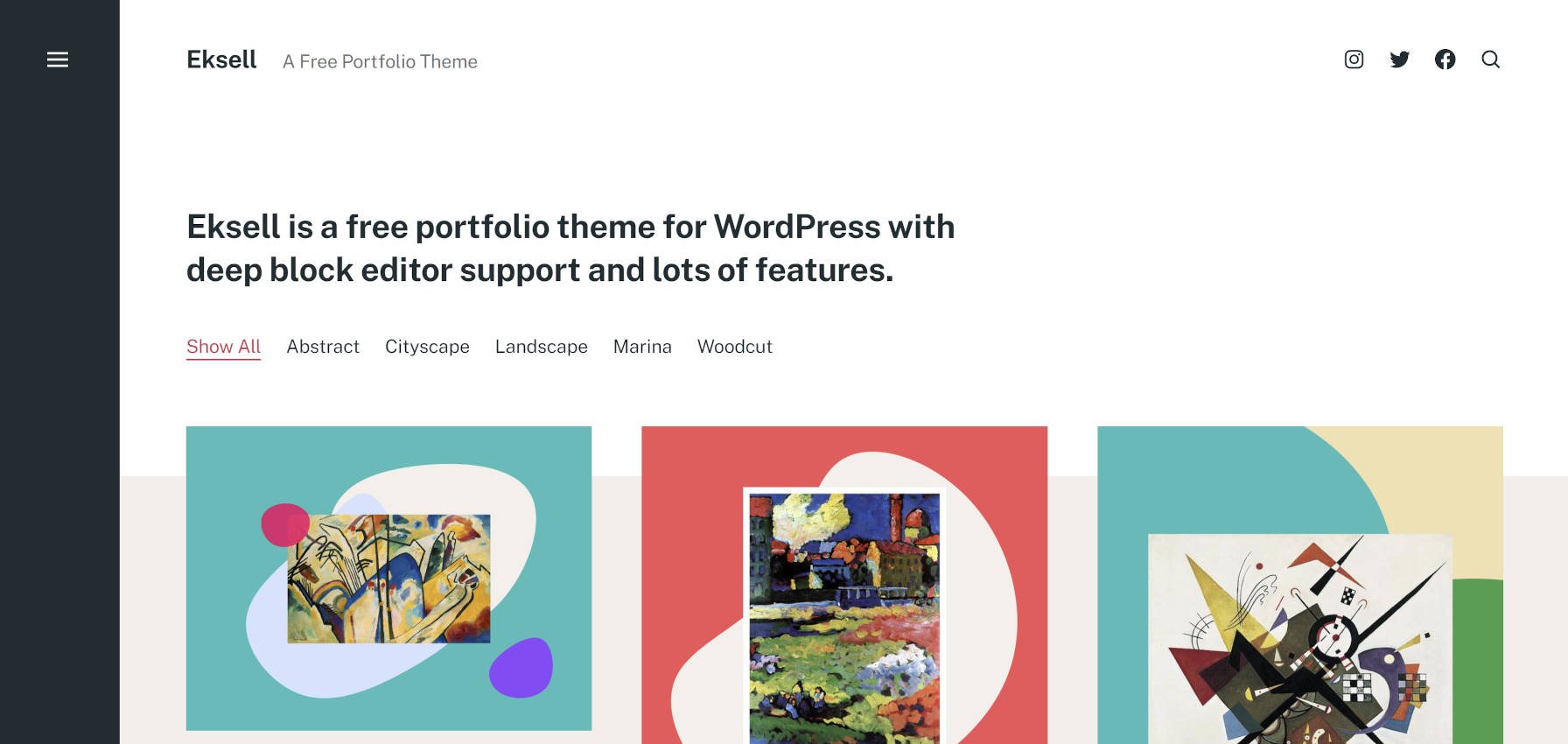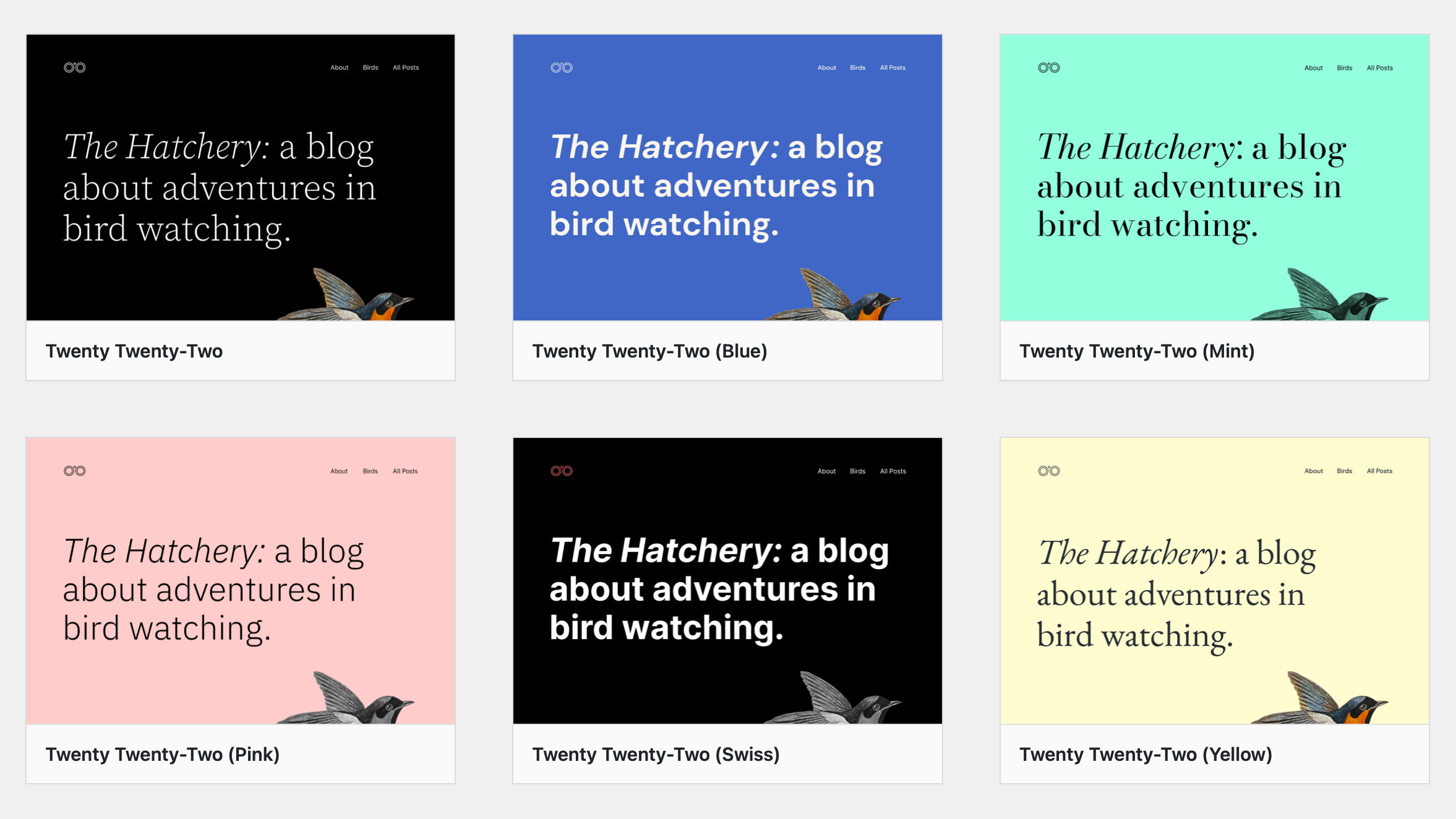As a non-developer, I honestly don’t know what direction to take my WordPress site anymore.
I used to rely on themes and even bought some premium ones, but over time, I’d outgrow them. As an artist myself, I prefer having control over every aspect of my website, from its layout, colors, to its fonts. Thus, I turned to page builders.
I tried Elementor Pro, but it was frustrating how it was so difficult to create more advanced layouts without exponentially increasing the DOM size of the page. I had to install several Elementor plugins just to get the job done, but then it also made the site slower. Elementor would also often conflict with Gutenberg block styles since I used the block editor for writing posts.
There’s Oxygen, which I’ve heard great reviews of, but its learning curve is too much for me. I also couldn’t get used to themes being completely disabled, as I relied heavily on child themes, knowing a bit of CSS.
Now, there’s this whole Gutenberg uprising. FSE is the future, but I cannot adapt at all. Not to mention that there aren’t that many FSE themes out there yet.
I feel like I’m stuck between a rock and a hard place. I don’t know if I should take the theme route, the page builder route, or the Gutenberg route. If I take either of the first two, I fear they may become obsolete or incompatible in future versions of WordPress as Gutenberg is further developed. And if I take the Gutenberg route right now, I don’t really have much options yet. As it is, Gutenberg doesn’t seem to have any built-in ways of displaying custom meta fields like those from ACF. I don’t want to turn to another premium plugin for it, either.
How much longer is Gutenberg’s development going to take before ordinary but semi-advanced users like me can actually make use of it? What’s actually the best route to take in WordPress right now, a time when a lot of groundbreaking changes are constantly being rolled out?
Isabel
Before diving too deep into this, I want to clarify some terminology for readers. Some of the above uses of “Gutenberg” refer to site editing, a feature landing in the January release of WordPress 5.9. However, to use the site editor, users will need to activate a block theme. Currently, there are not many to choose from simply because this technology is under development.
You are not alone in wondering when we will move beyond what is a seemingly never-ending transitional phase. We are only now getting to some of the features touted three or four years ago when I was a full-time theme author. I am neck-deep in the development side of all this daily, so I can only imagine what it is like for non-developers.
The question is tough to answer without a hyper-specific use case. And, the right solution for one person will not always be ideal for another. There are questions of time, resources, budget, etc.
I only like the page-builder route if you are crunched for time and have a business riding on this. In the short term, Elementor and others make a lot of sense for getting something up and running fast while also giving you design freedom, assuming you have gotten past the learning curve. If this is the case, there is nothing wrong with going in this direction. I do not see builders disappearing anytime soon.
Finding an ideal theme can take a lot of searching. Typically, I recommend end-users look for a design that matches at least the overall layout that they want. Colors, fonts, and other stylistic pieces of it are generally easy to change. The average theme nowadays has options for essentially “skinning” the website.
The second part of this is whether you only want control over the global design or if you want to customize the layout for the inner pages of the site too. For the latter, you need something that supports the current WordPress features.
If you are looking for something sooner rather than later, I would go with a theme that supports block editor styles, bundles several custom patterns, and includes a “blank canvas” template for building landing pages. This route gives you something that is forward-looking but does not rely on third-party builders. Many of these theme authors are already preparing for or building block themes for WordPress 5.9 and beyond.
I am partial to the Eksell theme by Anders Norén. He also has a block theme named Tove that is more flexible.

Be skeptical of themes that only have block editor styles. I have seen enough that only add some custom CSS for a few blocks and call it a day. It is nothing more than another bullet point for their marketing material.
If you can afford to wait a couple of months, you should keep an eye on the upcoming Twenty Twenty-Two theme. It is one of the most beautifully-designed default themes I have seen, but it also has a ton of room for customization. Currently, it has over 60 custom patterns, so that gives you a lot of layout options. I expect this block theme to set the bar that all others must rise to.

There is one area where page builders excel in comparison to WordPress at the moment. And that is with horizontal layouts. When creating flexible columns or grids for all screen sizes, the block editor falls short. While the block system’s tools have improved, this gap will not close for a while.
I mentioned patterns being one of the primary components more than once. If a theme offers a solid set of block patterns that focus on layout variations, piecing together a site can sometimes be as easy as pointing and clicking the mouse.
If you need to do some heavy work with layout, there are several block-based grid plugins. When I have needed such a tool, I have almost exclusively relied on the Layout Grid Block by Automattic. It performs this one job and does it well. The plugin bridges the gap between page builders and the block editor when coupled with a well-designed theme.
Everything comes down to timing. You don’t want to build your site on top of one system only to recreate the entire thing from scratch six months from now. For that reason alone, I would forego page builders altogether, except where time is limited. Give block themes like the upcoming Twenty Twenty-Two some time to come into their own.
